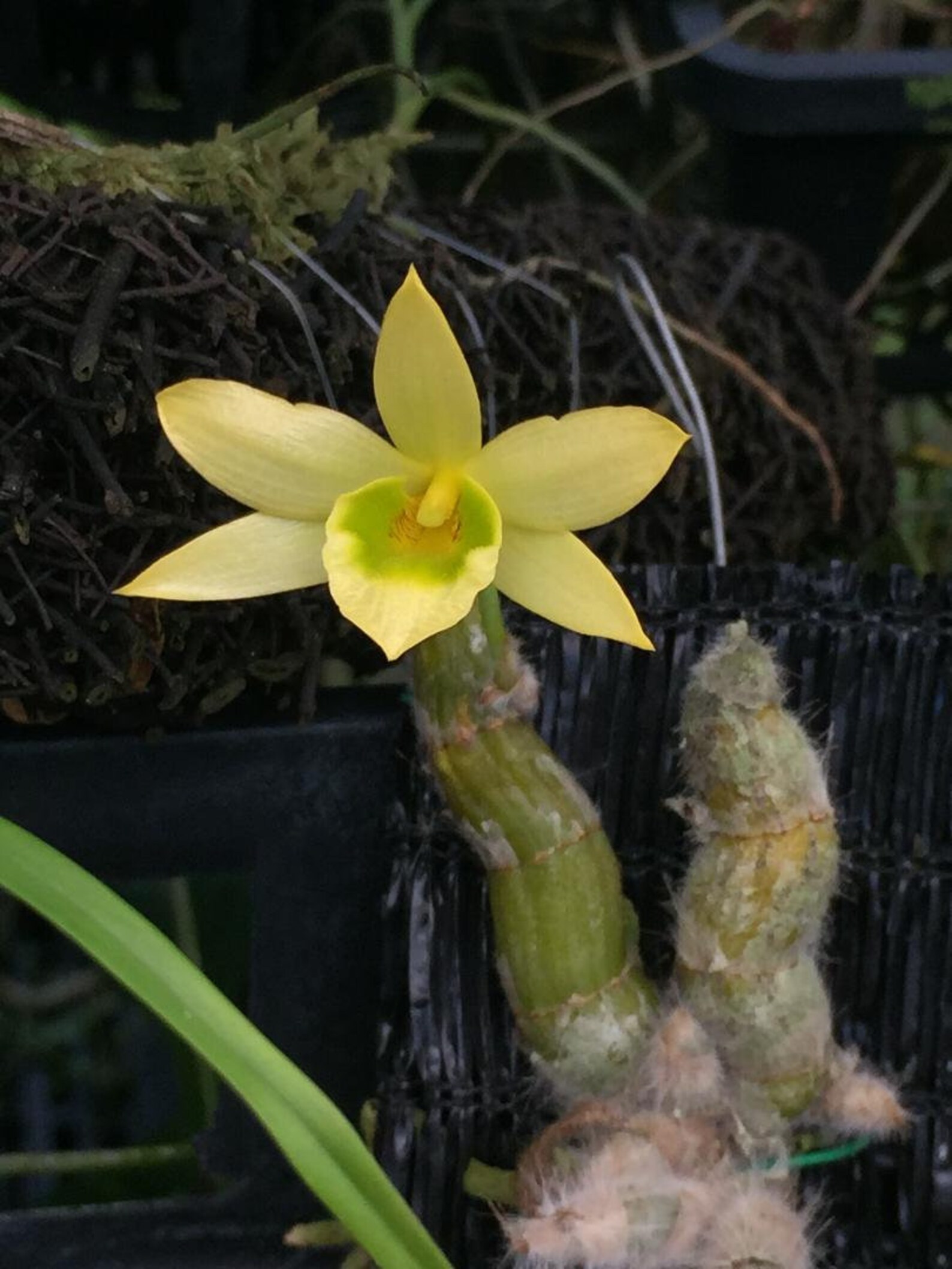Dendrobium Senile
Dendrobium senile has been gaining popularity among orchid enthusiasts lately. Its unique appearance and care requirements make it a challenging yet rewarding addition to any plant collection. In this blog post, we will discuss everything you need to know about dendrobium senile, including how to care for it and what makes it special.
Pain Points of Dendrobium Senile
While dendrobium senile is a fascinating plant, there are a few challenges that come with its care. For instance, it requires a unique watering routine, and its leaves can easily become damaged if exposed to direct sunlight. Additionally, it can be challenging to find the right balance of humidity and temperature to keep it healthy.
The Target of Dendrobium Senile
Like many orchids, dendrobium senile can be a bit finicky in terms of care. However, with the right conditions, it can bloom strikingly beautiful flowers with an enticing fragrance. As a rare species, it is highly sought-after by collectors and valued for its unique appearance.
Summary of Dendrobium Senile Characteristics
Dendrobium senile is a rare species of orchid that requires some specialized care. It prefers warm, humid conditions and indirect sunlight. It can bloom fragrant flowers of various colors, from white to purple. Its unique appearance and care requirements make it a highly sought-after addition to any plant collection.
My Personal Experience with Dendrobium Senile
I first became interested in dendrobium senile after seeing one in a local flower show. Its striking appearance and unique growth pattern stood out from the other plants in the exhibit. After doing some research, I decided to take on the challenge of growing one myself.
At first, I struggled to find the right balance of humidity and temperature. However, after some experimentation, I found that keeping it in a warm and humid environment provided the best results. Over time, my dendrobium senile grew beautiful and fragrant flowers that drew compliments from all who saw them.
Common Mistakes When Growing Dendrobium Senile
One of the most common mistakes people make when caring for dendrobium senile is overwatering. Like most orchids, it prefers well-draining soil and should only be watered when the top inch of soil is dry. Additionally, it is important to protect the plant from direct sunlight, which can scorch its leaves.
Why Dendrobium Senile Is Unique
Dendrobium senile is a unique species of orchid with a striking appearance. Its petals are wide and wavy, giving it a somewhat wild and untamed appearance. Additionally, it blooms fragrant flowers in a variety of colors, making it a popular choice among collectors and enthusiasts.
How to Care for Dendrobium Senile
To care for dendrobium senile, keep it in a warm, humid environment with indirect sunlight. Water it only when the soil feels dry to the touch, and make sure the pot has good drainage. Protect it from extreme temperatures and drafts, which can damage the plant.
Question and Answer
Q: Can I grow dendrobium senile outdoors?
A: Dendrobium senile is not frost-hardy and prefers warm, humid conditions. While it can be grown outdoors in certain climates, it should be protected from direct sunlight and extreme temperatures.
Q: How often should I fertilize dendrobium senile?
A: Dendrobium senile prefers a balanced fertilizer that is low in nitrogen. Fertilize it every two weeks during the growing season, and reduce fertilization during the winter months.
Q: How can I encourage my dendrobium senile to bloom?
A: Dendrobium senile blooms in response to changes in temperature and humidity, so it is important to mimic its natural environment. Reduce watering during the winter months, and provide cooler temperatures to encourage blooming.
Q: Can I propagate dendrobium senile?
A: Yes, dendrobium senile can be propagated by division. Simply separate the plant at the roots and plant each section individually in a well-draining potting medium.
Conclusion
Dendrobium senile is a unique and beautiful species of orchid that requires some specialized care. However, with the right conditions, it can bloom fragrant flowers in a variety of colors. By avoiding common mistakes and providing optimal growing conditions, you can successfully grow and enjoy dendrobium senile in your own home.
Gallery
Dendrobium Senile | Orchids Forum

Photo Credit by: bing.com / dendrobium senile 2021
Dendrobium Senile Care And Culture | Travaldo's Blog

Photo Credit by: bing.com / dendrobium senile culture care johansson sa cc
Dendrobium Senile Rare Species Orchid | Etsy

Photo Credit by: bing.com / dendrobium senile orchid
Dendrobium Senile | OLYMPUS DIGITAL CAMERA | Yvan.leo | Flickr

Photo Credit by: bing.com / senile dendrobium culture care yvan leo
Dendrobium Senile Care And Culture | Travaldo's Blog

Photo Credit by: bing.com / dendrobium senile culture care travaldo udo schröter sa cc